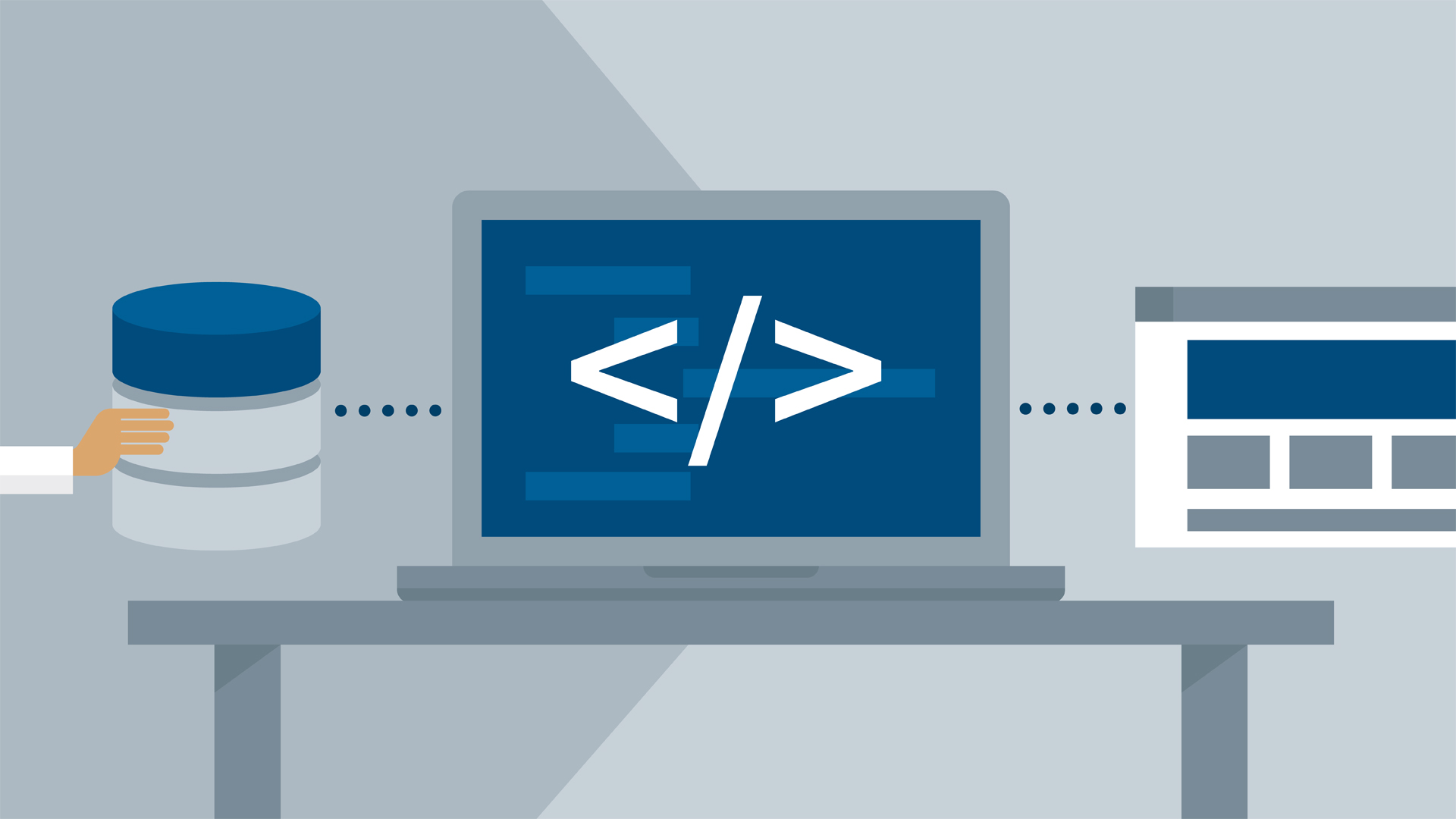Monthly Archives: March 2013
Injection Flaws/ Attack
This post is part of a multi-post series on web application security threats and their solutions. Please visit my introduction article here to know about more security threats and their solutions. Introduction Injection flaws allow attackers to relay malicious code through a web application to another system. These attacks include calls to the operating system […]
Cross Site Scripting (XSS) Attack
Introduction This post is part of a multi-post series on web application security threats and their solutions. Please visit my introduction article here to know about more security threats and their solutions. This type of attack enables attackers to inject client-side script into web pages viewed by other users. XSS flaws occur whenever an application […]

Security implementation in Web applications
Introduction After working for many years in application development both Windows and Web-based, one is clear to mind is software development is not just writing logical code but also writing business logic in a secure way. As the technology is growing so is the threat to the information. Organizations are always in fear of data […]
Click Jacking OR UI redress Attack
Introduction This post is part of a multi-post series on application security threats and their solutions. Please visit my introduction article here to know about more security threats and their solutions. In click-jacking attacker hijack user’s click. Click-jacking (also known as a “UI redress attack”) is when an attacker uses multiple transparent/opaque layers to trick […]
Model View Controller (MVC) Design Pattern
Introduction Model-View-Controller (MVC)is a classic design pattern often used by applications that need the ability to maintain multiple views of the same data. That is when we want to use the same data but rendered on different types of devices like PC, mobile, pad etc. Each of these devices will be required to render the […]

Design Pattern and Types
Introduction There are so many books and articles on the internet that already explain these topics in depth. But sometimes what we look at is brief but up to date description of topics. In the coming days, I will be writing some articles which will explain different design patterns as short as possible. anyone can […]
Prototype Pattern
Introduction Is a Creational Pattern. This design pattern that is used to instantiate a class by copying, or cloning, the properties of an existing object. The new object is an exact copy of the prototype but permits modification without altering the original. Cloning can be achieved by implementing ICloneable of the System namespace. The only member […]
Difference between MVC & MVP
Introduction Model-View-Controller (MVC) and Model-View-Presenter (MVP) patterns are used for quite a time by many developers/ architects for designing applications. Both (MVC & MVP) patterns have been used for several years and address a key OO principal namely separation of concerns between the UI and the business layers. One question that keeps coming up over […]
Model View Presenter Pattern
Introduction MVP is a variation of MVC, Loosely couple modules. It separates the concerns of an application’s data, presentation, and user input into specialized components. The view and the model don’t know of each other. There are normally four main classes used in the MVP pattern (3 classes and 1 interface) View (WinForm/ WebForm/XAML-file). Interface […]
Facade Pattern
They fall into structural pattern categories. Façade pattern sits on the top of group of subsystems and allows them to communicate in a unified manner. The façade takes care of orchestration part and present more simplified interface to the client. Example: In a typical online shopping cart when a customer places any order following […]
